Business process improvement (BPI) is no longer a ‘nice-to-have’ – it’s a critical imperative for businesses of all sizes striving for efficiency, profitability, and a competitive edge. In today’s rapidly evolving market, outdated or inefficient workflows can significantly hinder growth, leading to wasted resources, decreased customer satisfaction, and ultimately, lost revenue. Implementing effective BPI strategies isn’t simply about streamlining; it’s about fundamentally rethinking how a business operates to optimize performance across the board. This article will explore key approaches, best practices, and tools to help you embark on a journey of sustained business process improvement. Business process improvement is about more than just reducing costs; it’s about creating a smoother, more responsive, and ultimately, more successful operation. It’s an investment in the future of your organization.
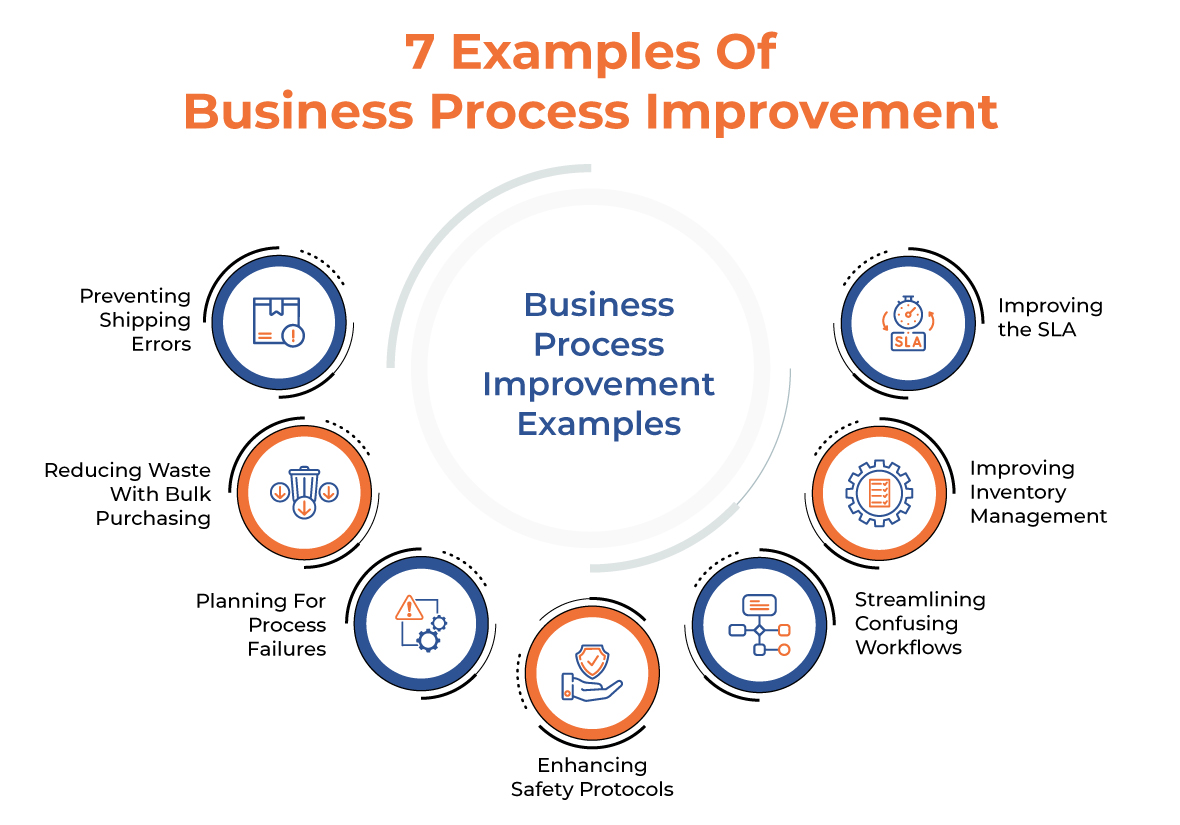
Understanding the Importance of BPI
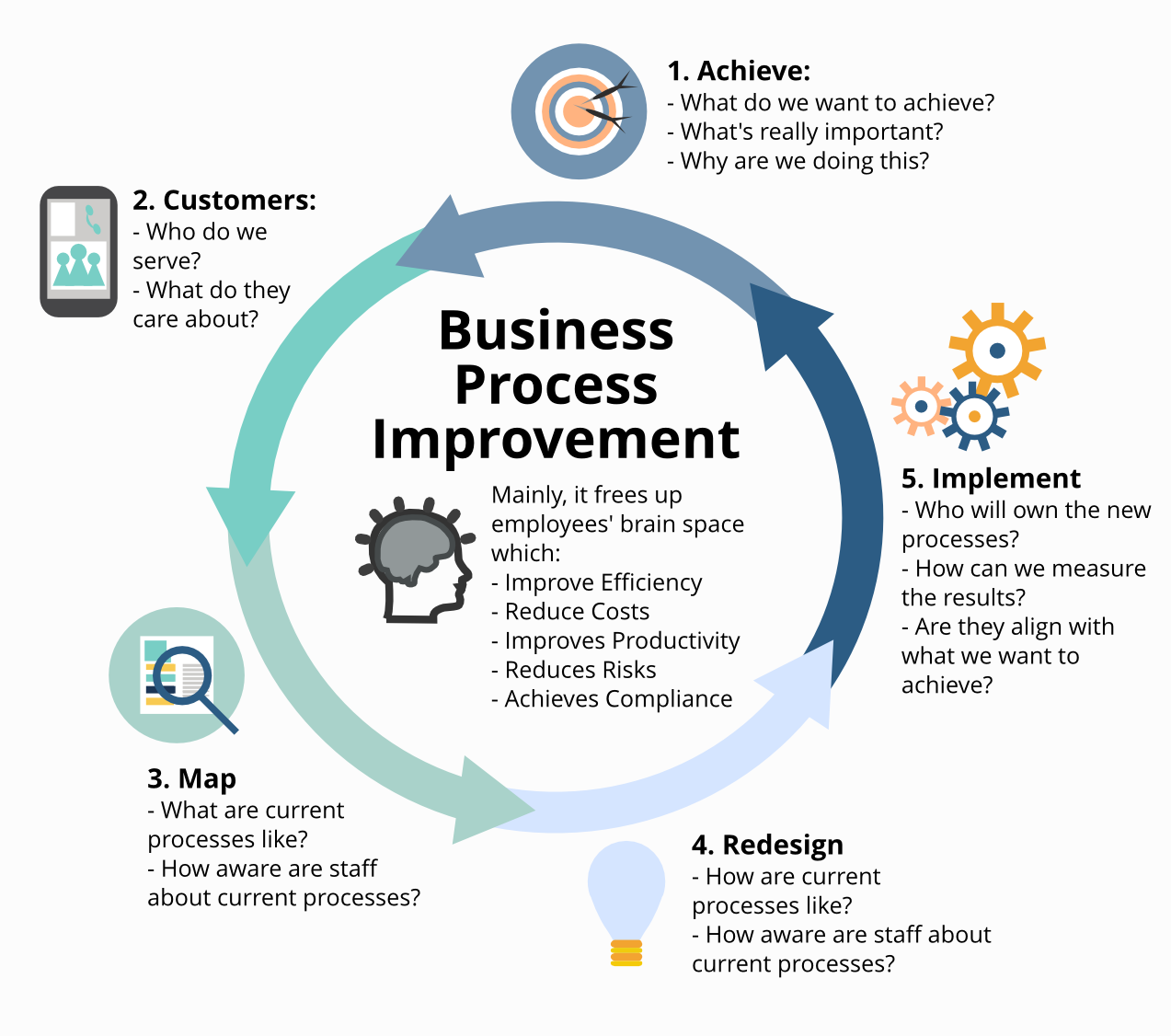
The benefits of a robust BPI program are far-reaching and often underestimated. Organizations that consistently invest in process optimization experience a dramatic improvement in key metrics. Firstly, reduced operational costs are a direct result of eliminating redundancies, automating tasks, and minimizing waste. Think about the time spent on manual data entry, repetitive reporting, or lengthy approval processes – these inefficiencies translate directly into financial savings. Secondly, increased productivity is a natural consequence of streamlined workflows. Employees can focus on higher-value tasks rather than getting bogged down in administrative burdens. Furthermore, improved customer satisfaction is often a byproduct of faster response times, more accurate service delivery, and a more seamless experience. Finally, and perhaps most importantly, enhanced agility allows businesses to adapt quickly to changing market conditions and customer demands. A well-designed BPI strategy provides the foundation for innovation and growth.

Identifying Areas for Improvement – The Initial Assessment
The first step in any BPI initiative is a thorough assessment of your current processes. This isn’t about criticizing existing workflows; it’s about understanding where things are and where they could be better. A common approach is to map out the entire process – from start to finish – identifying all steps, stakeholders, and potential bottlenecks. Don’t just focus on the obvious; delve into the details. Consider using process mapping tools to visually represent the flow of work. This allows for a clearer understanding of the entire system and helps to uncover hidden inefficiencies. A good starting point is to analyze key performance indicators (KPIs) – metrics that directly reflect the effectiveness of your processes. Tracking these KPIs provides a baseline for measuring improvement and demonstrating the value of your efforts. Common KPIs include cycle time, error rates, and customer satisfaction scores.
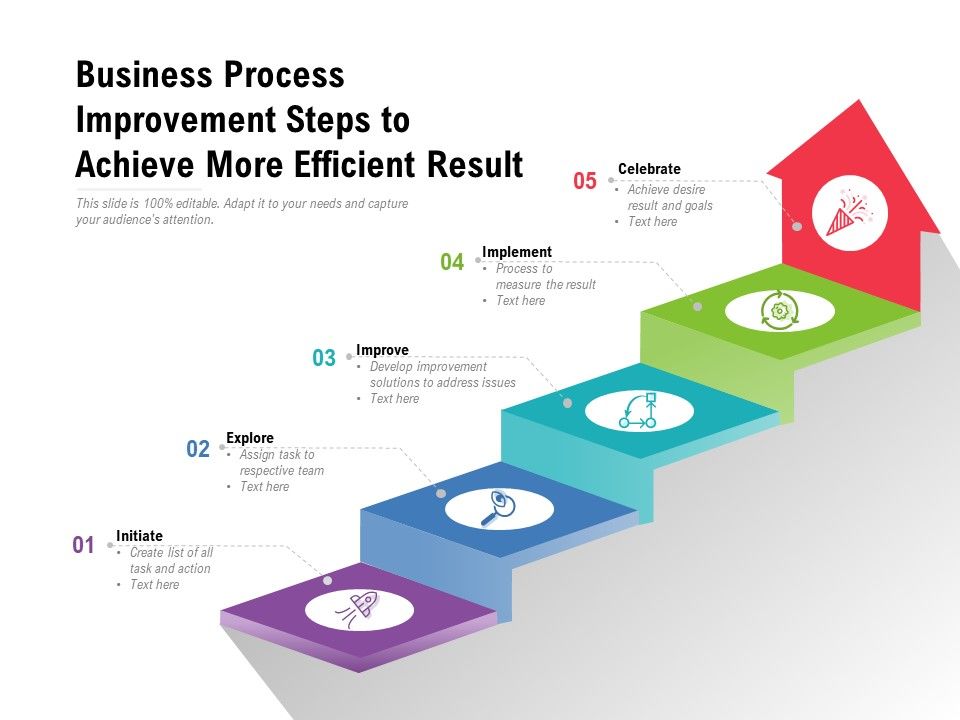
Lean Methodology – A Powerful Framework
Lean methodology offers a structured approach to BPI, emphasizing waste reduction and continuous improvement. The core principles of Lean – such as value stream mapping, eliminating waste (Muda), and creating flow – provide a framework for identifying and addressing inefficiencies. Value stream mapping is particularly useful for visualizing the entire process, from raw materials to the final product or service. By identifying and eliminating waste – anything that doesn’t add value to the customer – you can significantly improve efficiency and reduce costs. Another key element of Lean is the concept of “pull,” where production is triggered by actual customer demand rather than forecasts. This minimizes inventory and reduces the risk of overproduction. Implementing Lean principles often requires a cultural shift within the organization, encouraging employees to embrace continuous improvement and actively participate in identifying and solving problems.
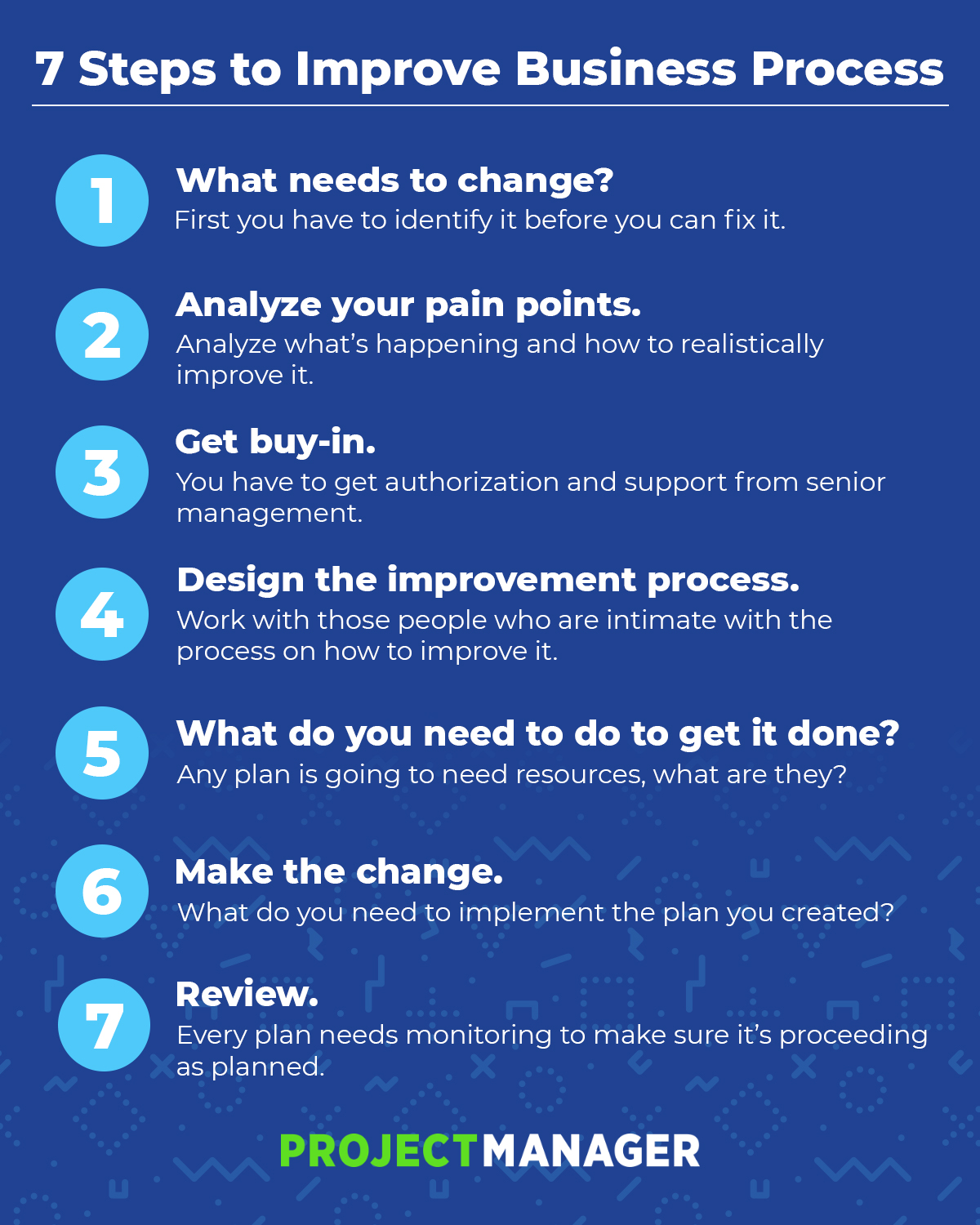
Automation – Embracing Technology
Technology plays a crucial role in modern BPI. Automation can significantly streamline processes, reduce errors, and free up employees to focus on more strategic tasks. Robotic Process Automation (RPA) is a particularly effective tool for automating repetitive, rule-based tasks. For example, automating invoice processing, data entry, or customer onboarding can dramatically improve efficiency and reduce the risk of human error. However, it’s important to remember that automation should be implemented strategically, focusing on tasks that are truly repetitive and well-defined. Don’t automate everything – carefully consider the impact on employees and ensure that they are adequately trained to work alongside automated systems. Furthermore, exploring cloud-based solutions can often provide greater flexibility and scalability than traditional on-premise systems.
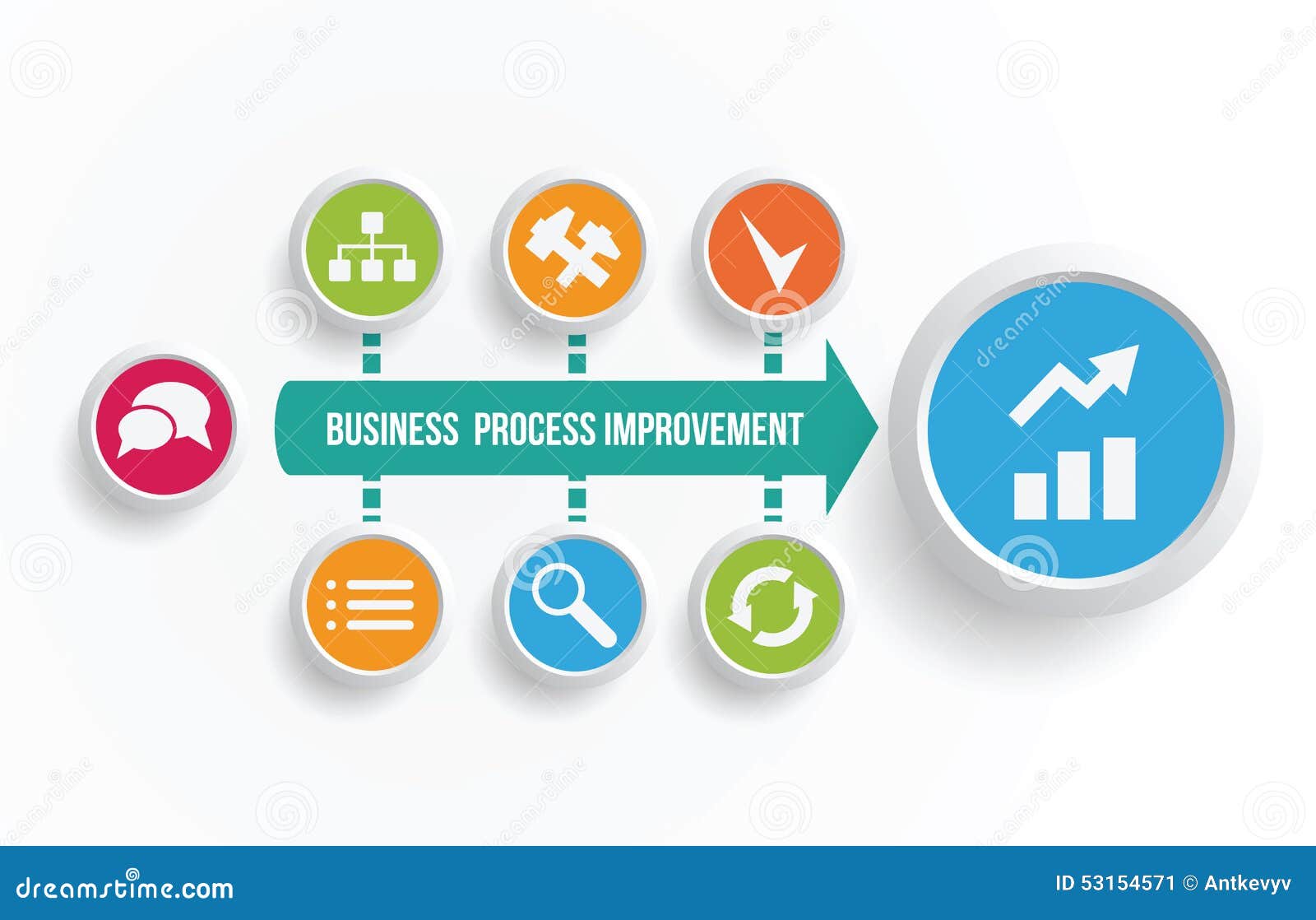
Six Sigma – A Data-Driven Approach
Six Sigma is a data-driven methodology used to reduce variation and improve process quality. It’s a structured approach that focuses on identifying and eliminating the root causes of defects. Six Sigma projects typically involve a defined methodology, statistical analysis, and continuous improvement cycles. By using statistical tools and techniques, Six Sigma can help organizations identify and address the underlying causes of problems, leading to more consistent and reliable processes. Implementing Six Sigma requires a commitment to data collection and analysis, as well as a willingness to challenge assumptions and embrace a culture of continuous improvement. It’s often used in industries with high levels of regulatory compliance or where product quality is critical.
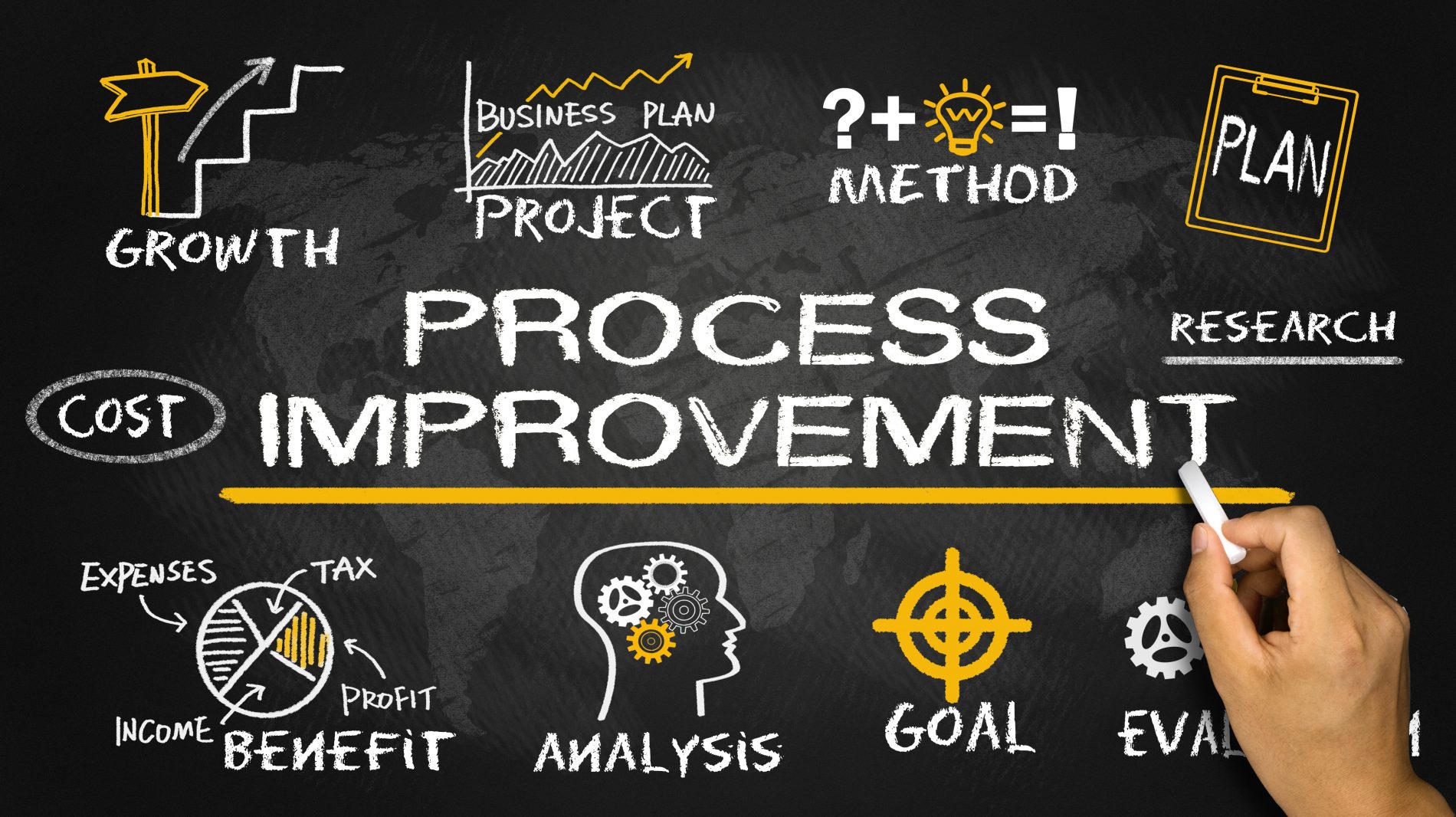
Workflow Optimization – Streamlining Processes
Workflow optimization is a critical component of BPI. It involves analyzing and redesigning workflows to eliminate bottlenecks, reduce redundancies, and improve efficiency. This can involve things like:
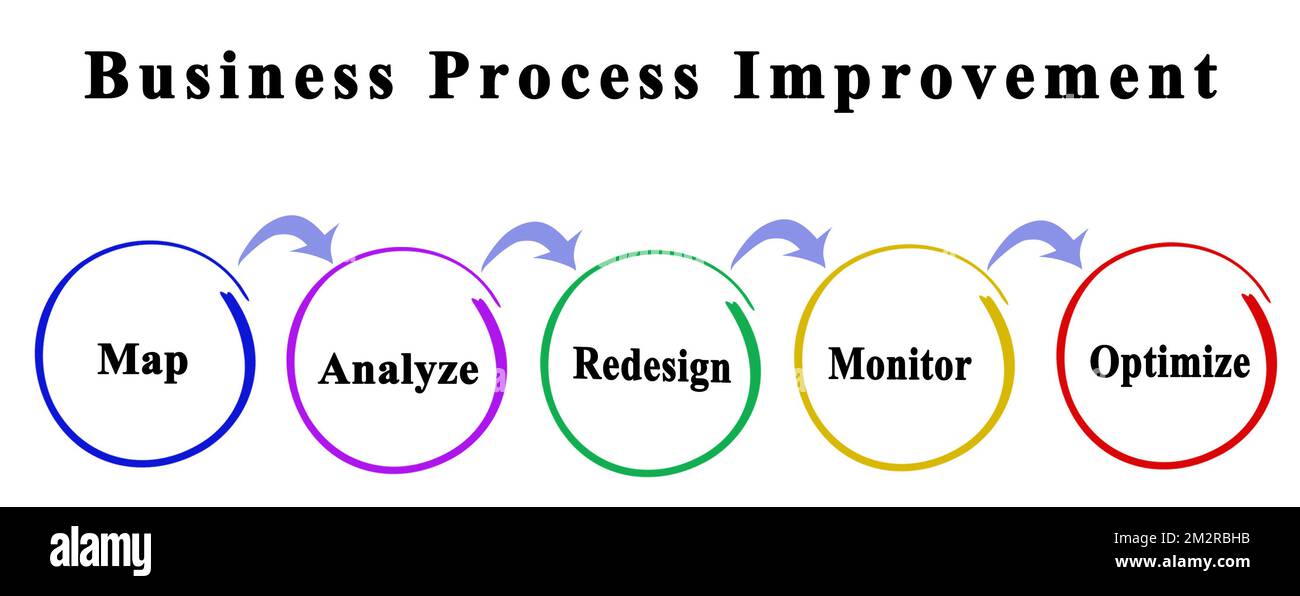
- Standardizing Procedures: Creating clear, documented procedures for common tasks.
- Reducing Handoffs: Minimizing the number of times a task is passed between different individuals.
- Eliminating Unnecessary Steps: Identifying and removing any steps that don’t add value.
- Improving Communication: Ensuring that everyone involved in the process is informed and coordinated.
Tools like flowcharts and process diagrams can be invaluable for visualizing workflows and identifying areas for improvement. Regularly reviewing and updating workflows is essential to maintain efficiency and adapt to changing needs.
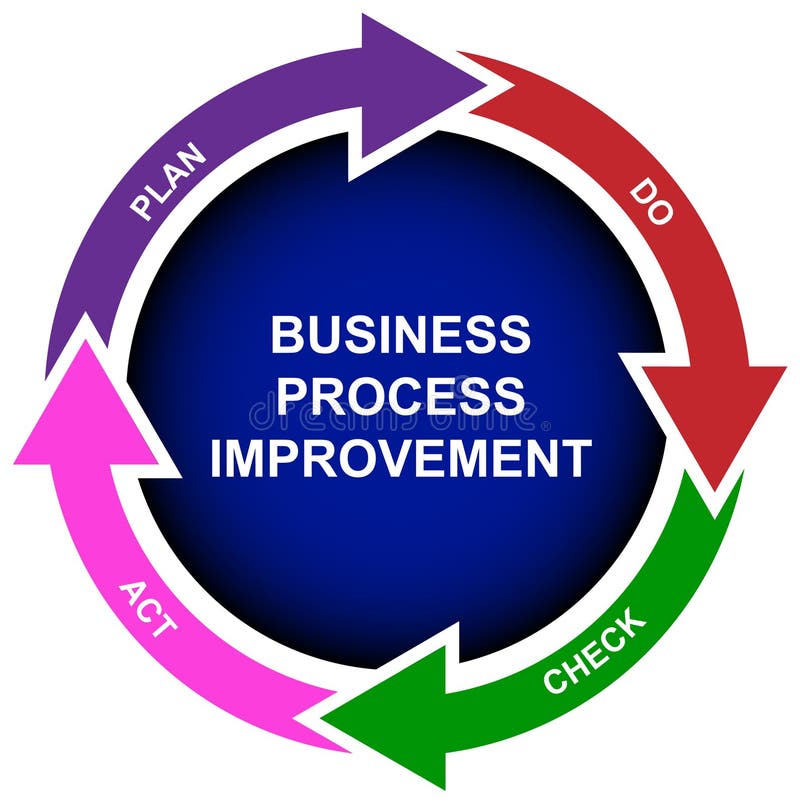
Employee Empowerment and Training
Successful BPI requires not only process improvements but also a commitment to employee empowerment and training. Employees are often the key to identifying and solving problems. Providing them with the knowledge and skills they need to improve processes is crucial. Training programs should focus on both technical skills and soft skills, such as communication, teamwork, and problem-solving. Creating a culture of continuous learning and feedback is essential to ensure that employees are engaged and motivated to contribute to process improvement. Recognizing and rewarding employees who identify and implement improvements can further incentivize participation.
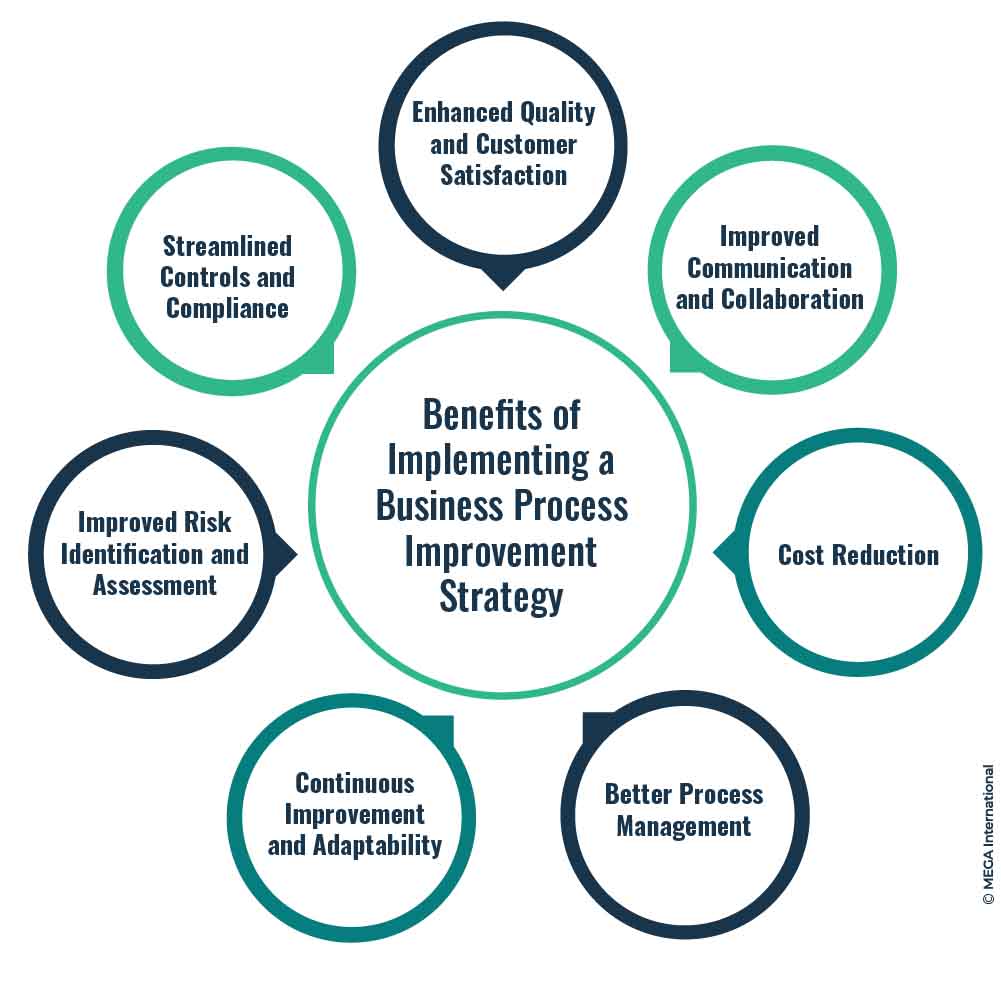
Measuring the Impact of BPI Initiatives
It’s essential to track the impact of BPI initiatives to demonstrate their value and justify continued investment. Key metrics to monitor include:
- Cycle Time: The time it takes to complete a process.
- Error Rate: The number of errors or defects.
- Customer Satisfaction: Measured through surveys and feedback.
- Cost Savings: The reduction in operational costs.
- Return on Investment (ROI): The financial return on the investment in BPI initiatives.
Regularly reviewing these metrics provides valuable insights into the effectiveness of your BPI efforts and allows you to make data-driven decisions about future investments.
Conclusion
Business process improvement is an ongoing journey, not a one-time project. It requires a strategic, data-driven approach, a commitment to continuous improvement, and a willingness to embrace change. By implementing effective BPI strategies, businesses can unlock significant efficiencies, improve customer satisfaction, and gain a competitive advantage. Business process improvement is a fundamental element of sustainable success in today’s dynamic business environment. The initial investment in understanding your current processes and implementing targeted improvements will yield substantial returns over time. Don’t underestimate the power of a well-executed BPI program – it’s an investment in the future of your organization.